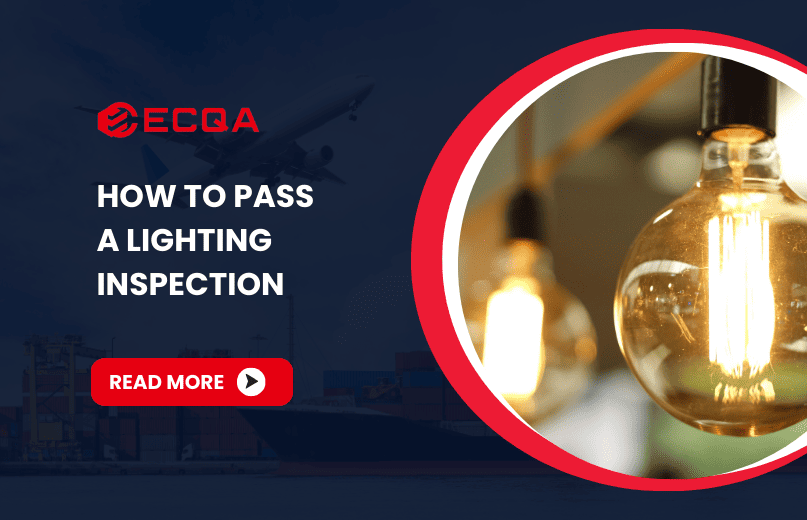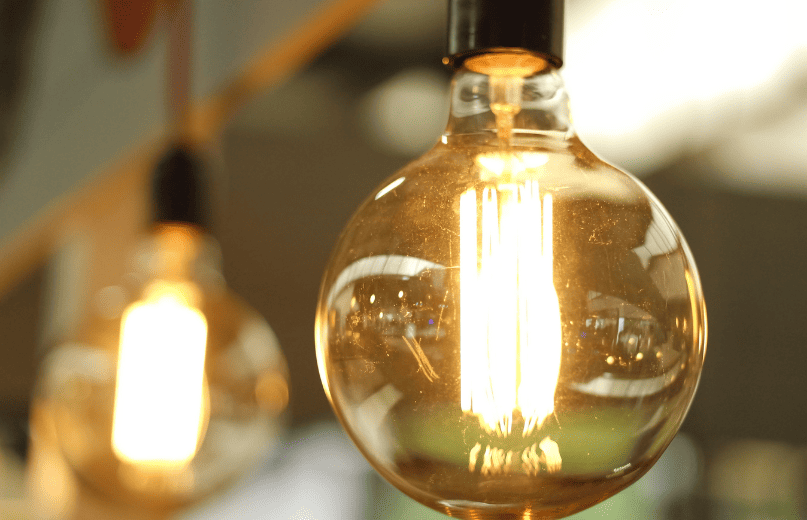
How to Pass a Lighting Inspection
Lighting products must meet strict safety, performance, and regulatory standards before reaching the market. Whether you are a manufacturer, importer, or distributor, passing a lighting inspection is essential to ensure compliance, avoid costly delays, and maintain consumer trust.
This article provides a step-by-step guide on how to prepare for and successfully pass a lighting inspection, highlighting key areas of focus and best practices to help your products meet all required standards.

A lighting inspection is a thorough examination of your lighting products to ensure they meet the required safety, performance, and regulatory standards. These inspections are crucial because they verify that the products are safe for consumers and compliant with regional or international codes.
Key Standards for Lighting Products
Before you begin preparing for a lighting inspection, it’s essential to familiarize yourself with the key standards that govern lighting products. These standards vary by region but generally include safety regulations, electrical performance, and energy efficiency requirements.
Some of the most common lighting product standards include:
- UL Certification: UL is one of the most recognized safety standards in the United States. A UL mark ensures that the product has been tested for safety in the areas of electrical hazards, fire hazards, and general use.
- CE Marking: In Europe, the CE mark indicates that a product conforms with European Union safety and environmental protection standards.
- Energy Star Certification: This certification is given to products that meet strict energy efficiency guidelines, which is becoming an increasingly important factor in consumer purchasing decisions.
- RoHS Compliance: The Restriction of Hazardous Substances (RoHS) standard limits the use of certain hazardous materials in electrical and electronic products.
It’s crucial to research the specific standards for the regions where your products will be sold and make sure your lighting designs align with those regulations.
Common Lighting Inspection Failures
While lighting inspections can vary by product type and region, some common reasons why lighting products fail inspections include:
1. Electrical Hazards and Short Circuits
Electrical safety is one of the top priorities during a lighting inspection. Products that fail to meet safety standards may have wiring issues, inadequate insulation, or improper grounding, all of which can pose fire hazards or cause electrical shocks.
2. Poor Build Quality and Construction
Inspectors often look at the build quality of the product during the inspection process. If your lighting product feels flimsy, lacks durability, or doesn’t meet structural requirements, it will likely fail the inspection.
3. Overheating
Overheating is a significant concern, especially with LED and halogen lighting. Excessive heat can lead to component damage or, in extreme cases, cause fires.
4. Electrical Overload and Short Circuit Protection
Lighting products that fail to incorporate proper overload protection or lack short circuit protection are dangerous and not compliant with regulations.
5. Labeling and Documentation Issues
Incorrect or incomplete labeling can cause your lighting products to fail inspection. Labels need to clearly display important information such as voltage ratings, wattage, and the manufacturer’s name, along with certifications like UL or CE marks.
Best Practices for Passing a Lighting Inspection
Now that we’ve covered the most common reasons why lighting products fail inspections, let’s look at the best practices for ensuring that your products pass their inspections with flying colors.
1. Choose the Right Manufacturer
Selecting the right manufacturer who understands compliance standards is critical. Work with manufacturers who are familiar with your target market’s certification requirements and have a track record of producing compliant lighting products.
2. Implement a Robust Quality Control Process
Quality control (QC) plays a pivotal role in passing a lighting inspection. Every stage of production, from sourcing raw materials to assembling final products, should be closely monitored. Implement a comprehensive QC program that includes:
- Pre-production inspection: Review the design, materials, and components before production begins to ensure they meet the required standards.
- In-process inspections: Monitor the production process and perform random checks to detect potential issues early.
- Final product inspections: Conduct a thorough inspection of the finished product before shipment to catch any defects that could cause problems during the formal inspection.
3. Keep Up With Regulatory Changes
Lighting regulations and standards are constantly evolving, so it’s crucial to stay informed. Sign up for newsletters, attend industry events, or work with consultants who specialize in product compliance. Regularly reviewing and updating your designs to stay in line with changing regulations will help you avoid compliance failures down the line.
4. Conduct Pre-Inspection Testing
Before submitting your lighting products to the official inspection body, consider conducting pre-inspections. These mock inspections can help identify potential issues that could cause your product to fail. Pre-inspections can be performed in-house or by third-party inspection agency that specialize in lighting products.
5. Provide Clear and Complete Documentation
Ensure that you have complete documentation on hand when submitting your products for inspection. This includes all test reports, materials certifications, and compliance records. Having this documentation ready in advance will speed up the process and help prevent delays during the inspection.
Passing a lighting inspection before shipping to retailers is essential for ensuring that your products are safe, reliable, and compliant with all relevant regulations. By understanding the key standards, implementing robust quality control processes, and taking proactive steps to avoid common pitfalls, you can confidently navigate the inspection process and avoid costly setbacks.
By adhering to safety standards, staying informed about regulatory changes, and continuously improving your products, you can ensure that your lighting products pass inspections and make it to market without a hitch.
If you’re ready to ensure your products pass inspections with ease, consider working with trusted third-party testing and certification bodies to streamline the process and avoid unnecessary delays. For more information on how ECQA inspection services can help, request a quote today. Let us guide you toward successful, compliant product launches.

 Request Free Sample Report
Request Free Sample Report